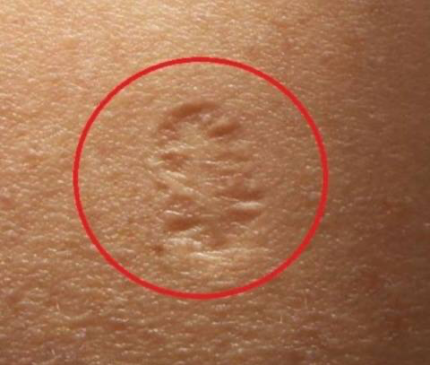Before the 1970s, a significant number of people received a smallpox shot that left a distinctive small, round scar on their upper arm. This vaccine, using the live Vaccinia virus, was administered to create an immune response safeguarding individuals from the harmful Variola virus responsible for causing smallpox.
The vaccination process involved a split needle being dipped into the Vaccinia solution and then inserted into the person’s arm multiple times. With each needle penetration, a small amount of the vaccine was deposited under the skin, resulting in the formation of blisters at the injection site. These blisters would eventually crust over and heal within a few weeks, leaving behind a telltale round scar.
After receiving the shot, the injection site would experience some swelling immediately and for about 6 to 8 hours afterward. This swelling would subside, and the spot would appear normal until a bump resembling a mosquito bite would reappear after 6 to 8 weeks.

This bump would gradually enlarge, forming a tumor that would eventually break open, release fluid, and become an ulcer. During the healing process of the ulcer, a permanent scar would form, marking the end of a two-to-five-week-long cycle. In some cases, the ulceration and healing process could repeat two or three times, leading to multiple scars.
It’s worth noting that smallpox was effectively eradicated in most of the Western world after the early 1970s. Consequently, vaccinations against smallpox ceased entirely in the 1980s when it was determined that the Variola virus had been eradicated from the human population.
So, the small scar on the upper left arm serves as a historical reminder of a time when smallpox was a significant threat, and vaccination was a crucial measure in combatting the disease. While smallpox is no longer a concern in the modern world, these scars continue to be visible symbols of a bygone era of public health measures.


